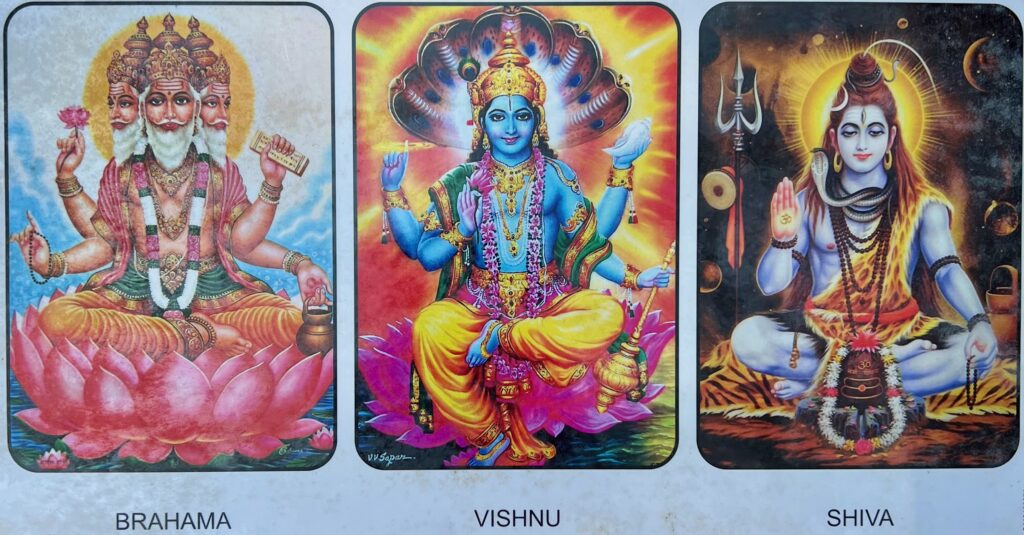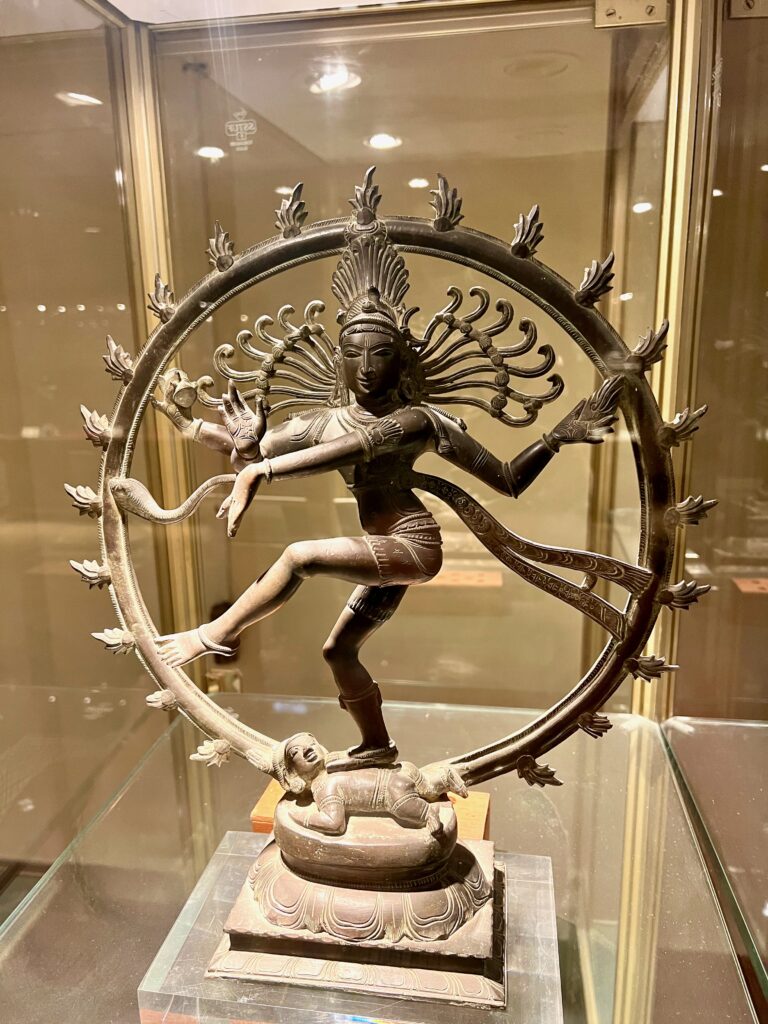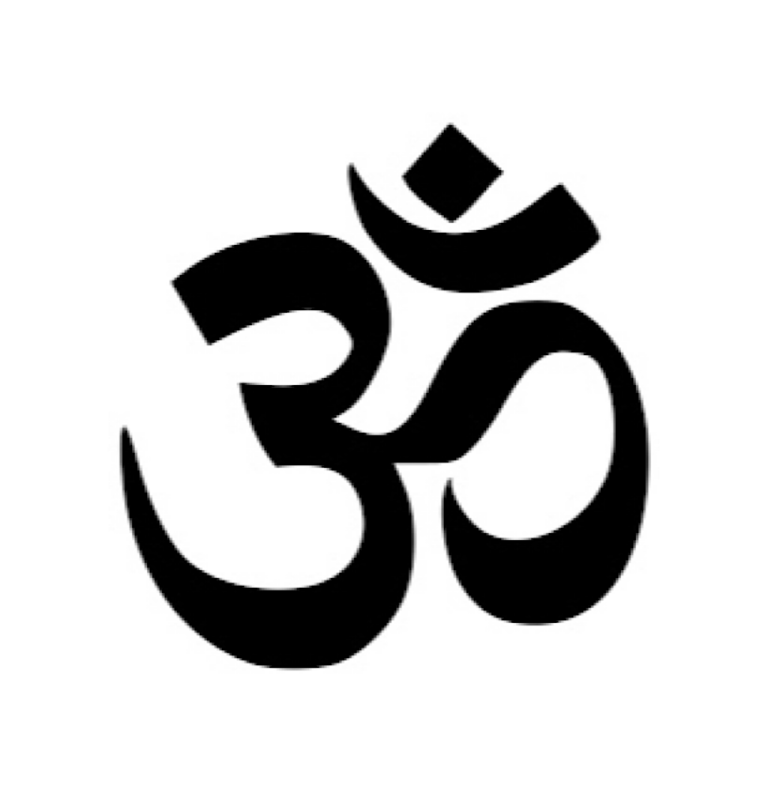Hinduism is the nation’s major faith, practiced by around 80% of the population. But there are many others too, including Islam, Jainism, Sikhism, Christianity Buddhism, Judaism etc….
When you start visiting the many Hindu temples of Tamil Nadu, as I did for a couple of weeks, the guides make reference to the bewildering number of deities in the Hindu pantheon. Every time you enter a temple, they talk about how this one is dedicated to Shiva or Vishnu. Then, pointing to all to the hundreds of beautiful granite sculptures we come to walk by on the visit, they refer by name to the incarnations of these deities . And there they go with gusto, pointing to the different figures of so-and-so, which in Hindu is called “#$fg$ kd%1u@“ !!! Well, soon enough, you just switch off completely because it is impossible to either understand it, let alone take it in.
What I wanted was to start from the ground up – or rather from the top down. I finally found a guide who outlined for me, in comprehensible English, a brief panorama of top deities.
To even hope to understand the Hindu pantheon, one needs to understand something first. And that is that in India, for the common person, the most popular way of approaching the divine is to worship it in the form of a personal god or goddess. One that he or she can relate to directly. That is how, over the centuries, and the fertile Indian imagination, they have created literally tens of thousands of deities, which appear in innumerable manifestations everywhere.
Add to that the fact that here they have all liberty to create such deities, as there is no one founder of this religion, and no imposed dogma.

In Hinduism, the top three deities are Brahma, Vishnu, and Shiva, also known as the Trimurti (trinity). Each of these deities represents different aspects of the universe and are closely interconnected and interdependent in various ways.
Brahma is considered the creator of the universe, and is depicted with four heads.
Vishnu is considered the preserver of the universe, and is typically depicted with four arms holding a conch, a discus, a mace, and a lotus. He is the one who maintains the coherence of the universe and makes light and life possible.

And then there is Shiva. He is considered the destroyer of the universe, frequently depicted holding in one hand a drum, symbolising the rhythm of the universe, and in the other hand, a flame, symbolising destruction and creation. He takes life away to make new life possible. He incarnates many contradictory aspects. He inspires terror but also he is sweet as a lamb. He is both actif and pensive, fertile and equally chaste.
Although each deity has their own unique characteristics and attributes, they are interconnected and part of a greater whole. According to Hindu belief, the universe goes through cycles of creation, preservation, and destruction, with each of these deities playing a role in the process.
Vishnu is regularly seen as the central figure of the Trimurti, with Brahma and Shiva serving as his assistants. Brahma creates the universe, Vishnu preserves it, and Shiva destroys it, making way for a new cycle of creation.
Got it ? As a monotheist by upbringing, it is taking me a while, but I will get there…
Every Hindu is a follower of either Vishnu or Shiva (very few of Brahma). You generally inherit your following from your family, your cast, or maybe you might have adopted it. Husband and wife, in arranged marriages, used to be of the same following, but that is changing, particularly in the cities. And just as we have Catholics and Protestants in Christendom, or Sunni and Shiite in Islam, these differences can and do create tensions, albeit to a much lesser degree here, as Hinduism is not a proselytising religion.
Well, that is as far as I will go with all that. If and when I comment later, it will be on certain aspects of Hinduism that caught my imagination, but no more. Because it takes a lifetime to take it all in.

